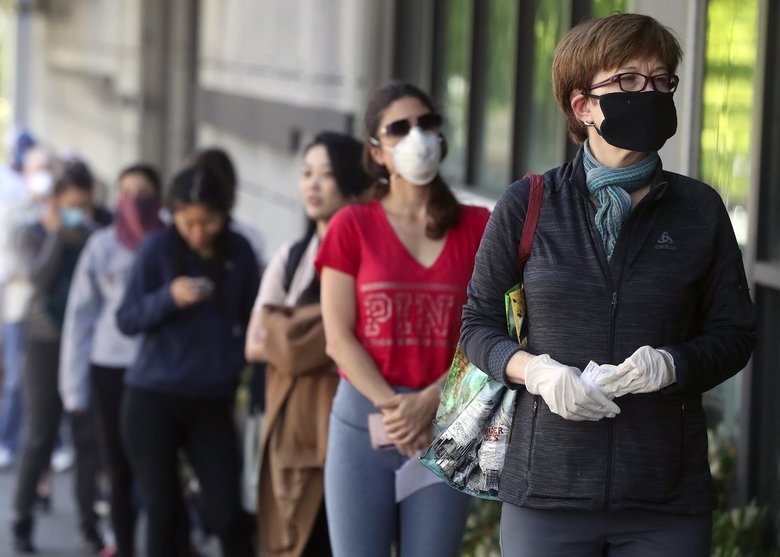Where Are We Now: Masks or No Masks?

So where are we now that CA has finally released some of the restrictions regarding COVID prevention, like masks, social distancing, and workplaces? Things have changed, but they are not necessarily less complex. We will break down the latest so you know where we are and what you need to do as an employer.
Cal/OSHA has adopted changes to align with the state’s June 15 goal to retire the Blueprint. The Blueprint included the tiered system where certain areas were under different tiers as you may recall. These restrictions are no longer required given today’s record low case rates and the fact that the state has administered millions of vaccines. The standards apply to most workers in California.
Don’t get too comfortable, the OSHA Board may adjust the regulations in the coming weeks should circumstances change. Also, keep in mind that these changes have just come through the pipeline in the last few days. There may be further clarification and other changes. We’ll keep you updated.
The changes are clearly defined along the lines of vaccinated and unvaccinated. For the moment, the state has allowed for “self-attestation”, and has no plans to develop or require a “vaccination passport”.
Can I require or ask my employees for proof of vaccination?
California’s DFEH provided the following guidance that permits California employers to require employees to be vaccinated:
“Under the FEHA, an employer may require employees to receive an FDA-approved vaccination against COVID-19 infection so long as the employer does not discriminate against or harass employees or job applicants on the basis of a protected characteristic, provides reasonable accommodations related to disability or sincerely-held religious beliefs or practices, and does not retaliate against anyone for engaging in protected activity (such as requesting a reasonable accommodation).”
Latest on Current Restrictions
MASKS INDOORS: Vaccinated workers with no COVID-19 symptoms do not need to wear face coverings in a room where all employees are vaccinated and not showing symptoms. However, where there is a combination of vaccinated and unvaccinated persons in a room, all workers will continue to be required to wear a face covering.
MASKS OUTDOORS: Fully vaccinated workers with no symptoms do not need to wear face coverings. However, outdoor workers who are not fully vaccinated must continue to wear a face-covering when six-foot distancing is not possible.
PHYSICAL DISTANCING: Employers can eliminate physical distancing and partitions/barriers for employees working indoors and outdoors if they provide respirators, such as N95s, to unvaccinated employees for voluntary use. After July 31, physical distancing and barriers are no longer required (except during an outbreak), but employers must provide all unvaccinated employees with N95s for voluntary use.
PREVENTION PROGRAM: Employers are still required to maintain a written COVID-19 Prevention Program but there are some key changes to requirements:
TRAINING: COVID-19 prevention training must now include information on how the vaccine is effective at preventing COVID-19 and protecting against both transmission and serious illness or death.
EXCLUSION FROM THE WORKPLACE: Fully vaccinated workers who do not have COVID-19 symptoms no longer need to be excluded from the workplace after close contact.
As you can see, it’s a little complicated. You will need to adopt rules based on your workplace, assess how you will handle vaccinations and what continued actions you will take to prevent any new outbreaks.
It’s not time to take this carefree, but certainly, a time to re-evaluate based on the guidelines provided and continue to protect your employees and your business from illness and liability.
